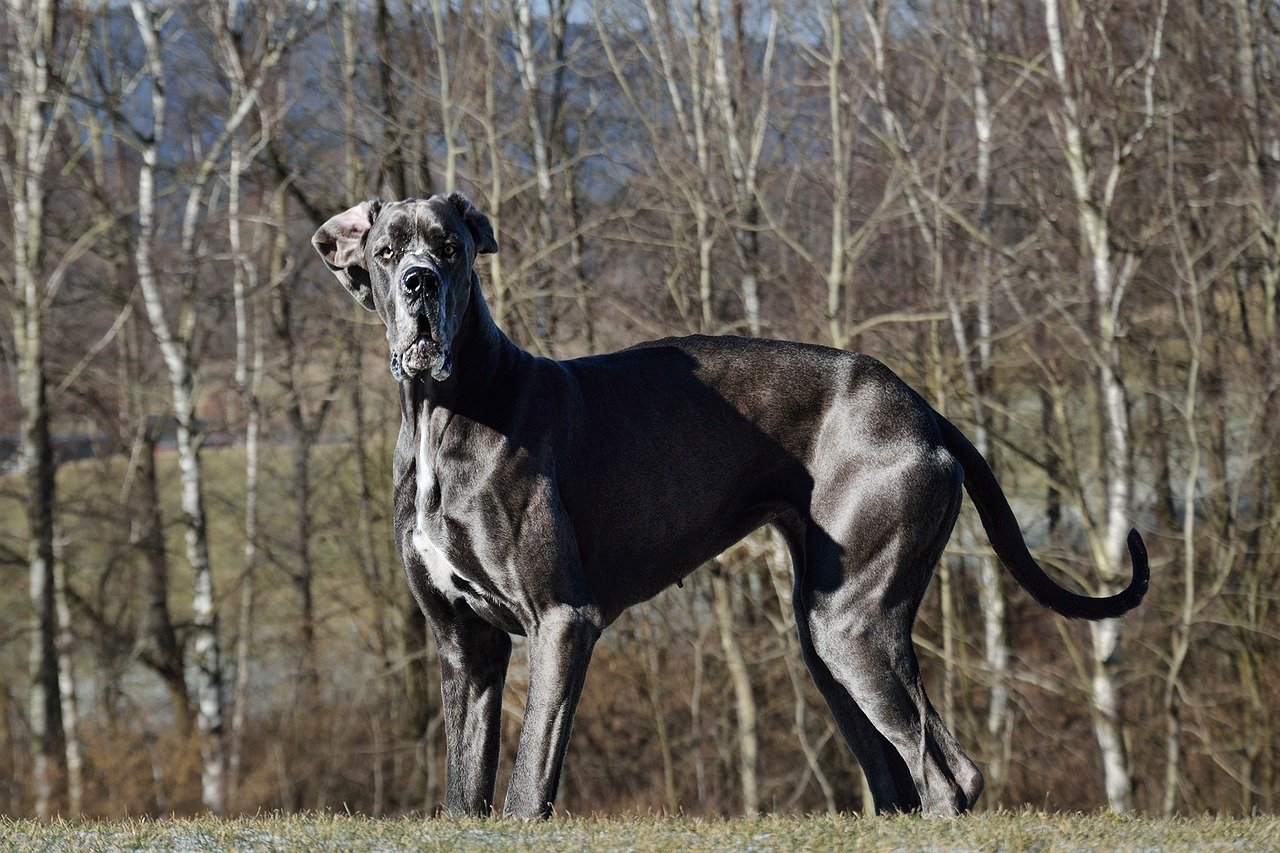Large dog breeds are undeniably majestic, but they also come with a strong will and boundless energy. Without proper leadership and training, these powerful pups can develop stubborn or even unruly behaviors. Establishing yourself as a confident and consistent leader is key to building a well-behaved and balanced relationship with them. From protective instincts to independent streaks, these breeds require guidance to bring out their best traits. Let’s explore ten large dog breeds that thrive under firm yet loving authority.
The Majestic Yet Mighty Rottweiler

Rottweilers have long been admired for their strength, loyalty, and protective instincts. Originally bred as herding dogs, they have a natural instinct to guard their families and territory. This makes them excellent companions but can also pose challenges if not properly trained. Without a firm but loving hand, a Rottweiler can become overly protective and assertive, often leading to behavioral problems. Establishing yourself as the leader of the pack is crucial. By setting clear boundaries and providing consistent training, you can ensure that your Rottweiler is a well-behaved member of the family. Their powerful build and natural confidence require a confident owner to guide them.
The Independent Alaskan Malamute
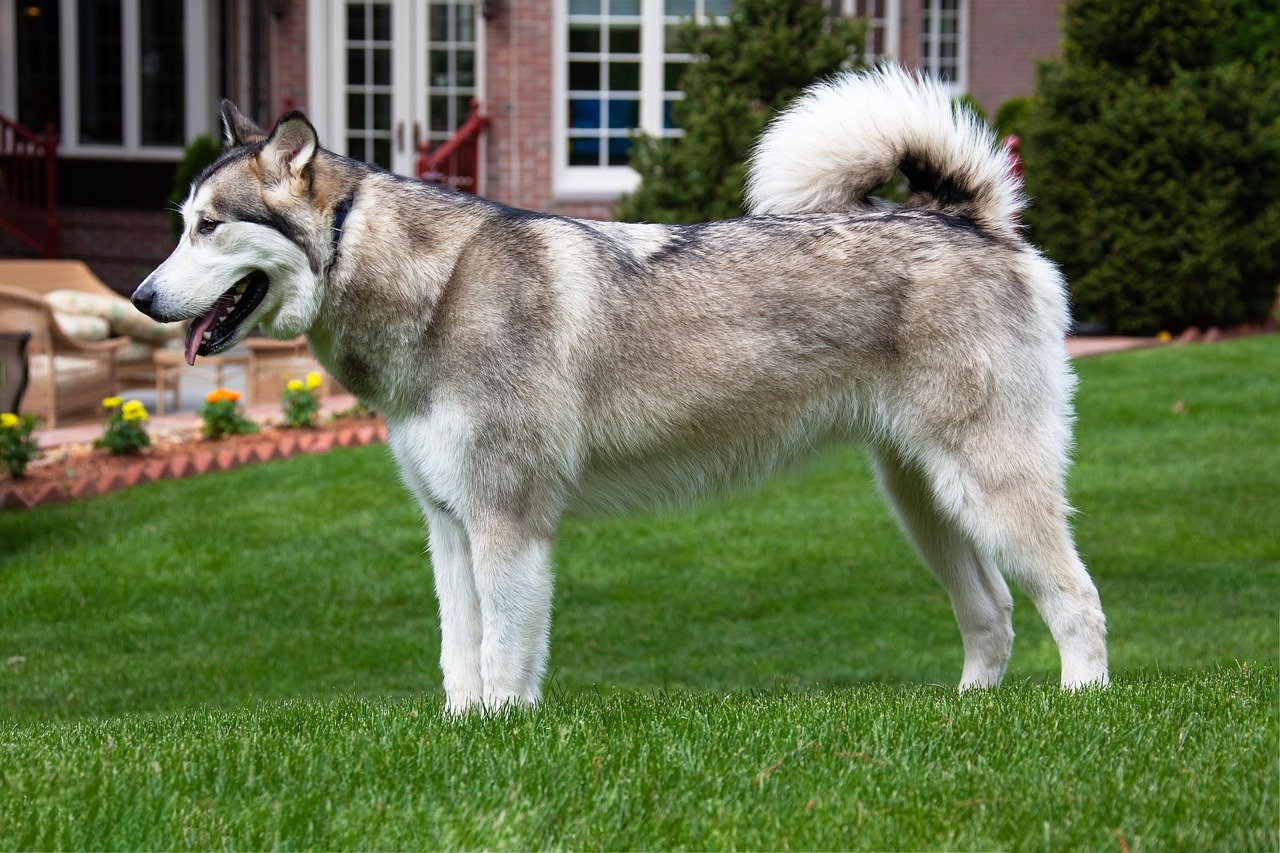
Alaskan Malamutes are known for their independent nature and high energy levels. These dogs were bred to pull sleds across vast distances in harsh conditions, which means they are both incredibly strong and resilient. While their independence is a great trait, it can become problematic if they don’t see you as the leader. They might decide to follow their own rules, leading to disobedience. To manage a Malamute, it’s essential to engage them in regular exercise and mentally stimulating activities. Consistent training and socialization from a young age will help channel their energy positively, ensuring they respect your authority.
The Bold Doberman Pinscher
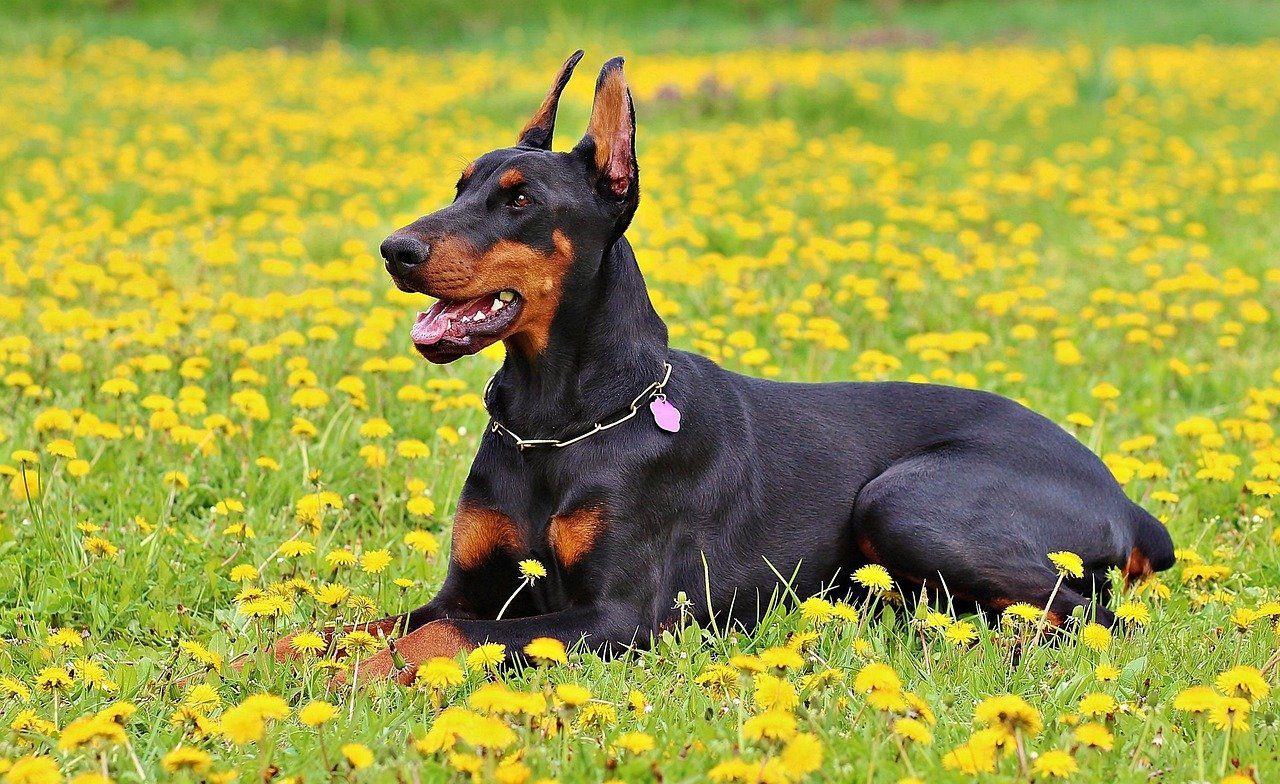
Doberman Pinschers are sleek, intelligent, and alert. Their origins as guard dogs make them both loyal and protective. However, without proper guidance, a Doberman can become overly dominant. They are quick learners and need mental challenges to keep them occupied. Establishing firm leadership is vital to ensuring a balanced relationship. Consistent training sessions, combined with positive reinforcement, can help guide a Doberman’s natural instincts in a constructive direction. Remember, a bored Doberman is a recipe for trouble, so keeping them engaged is key.
The Loyal yet Stubborn Akita
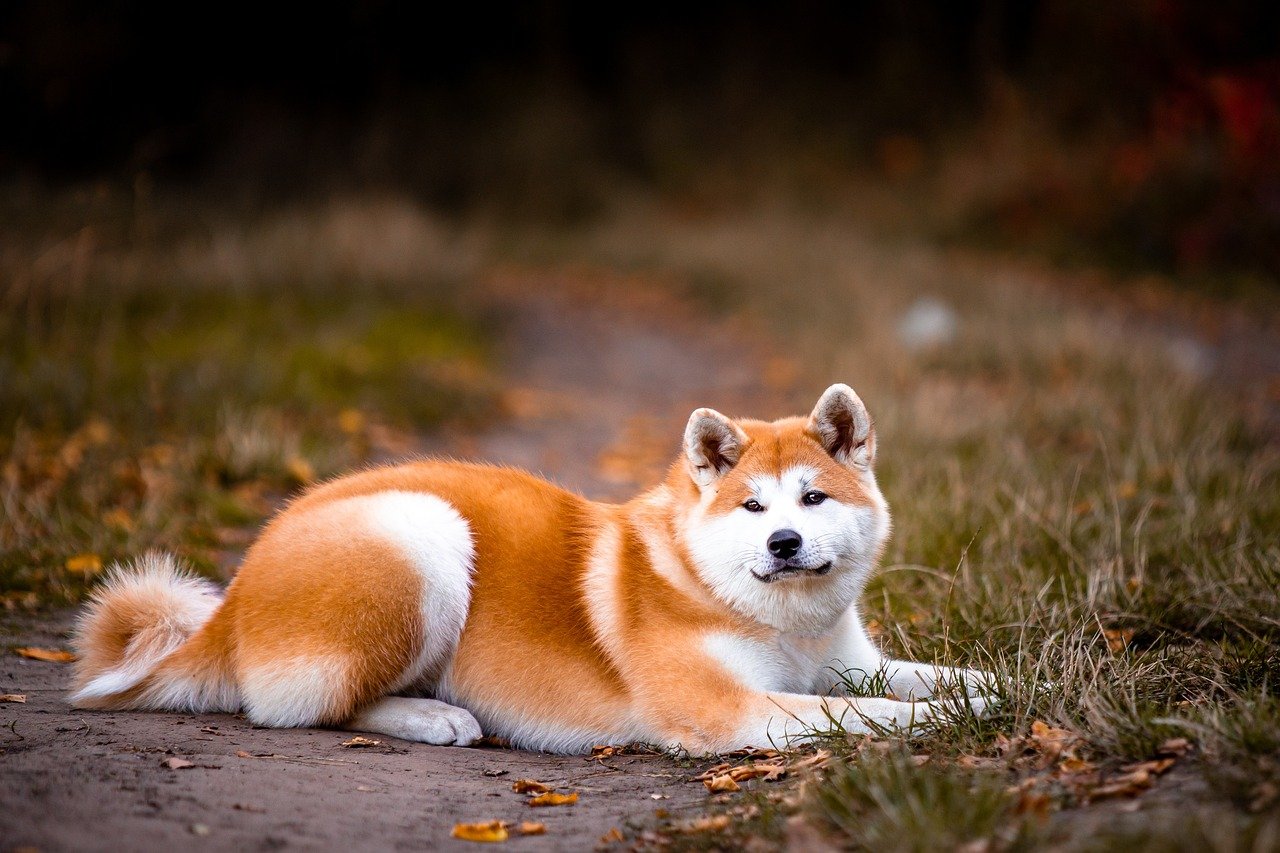
Akitas are known for their loyalty and courage, but they also have a reputation for being stubborn. These dogs form strong bonds with their families and can be quite protective. However, their independent nature means they might not always listen to commands unless they respect your leadership. An Akita owner must be patient and assertive, using consistent training and socialization to establish authority. Early training is crucial to prevent any challenging behavior from becoming ingrained. With the right approach, an Akita can be a devoted and loving companion.
The Energetic Boxer
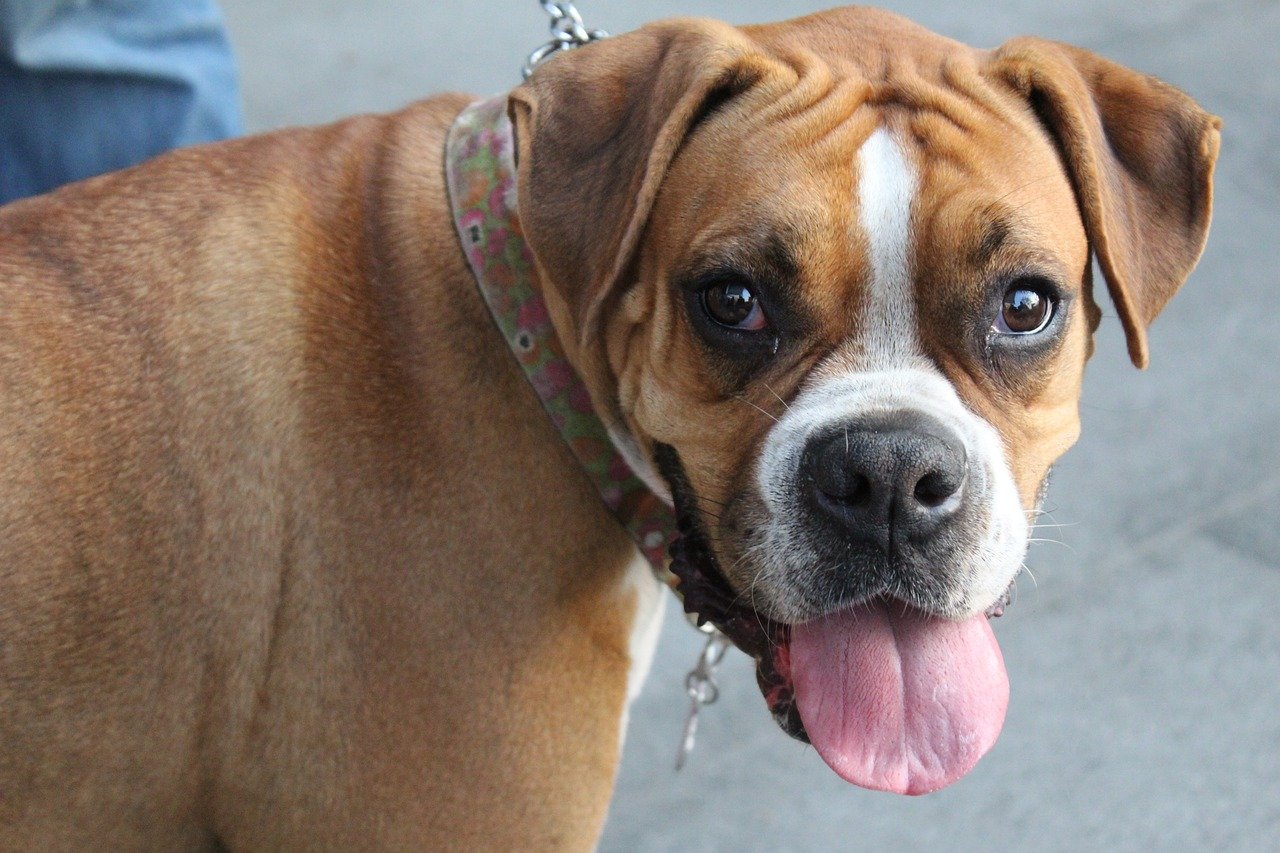
Boxers are high-energy dogs with a playful spirit and boundless enthusiasm. They are incredibly affectionate and make excellent family pets. However, their energy can become overwhelming if not channeled properly. Without firm guidance, a Boxer might develop behavioral issues such as jumping or excessive barking. It’s essential to provide them with regular exercise and mental stimulation. Consistent training and establishing yourself as the leader will help manage their exuberance. Boxers thrive in environments where they are challenged both physically and mentally, ensuring they remain a well-balanced part of the household.
The Protective German Shepherd
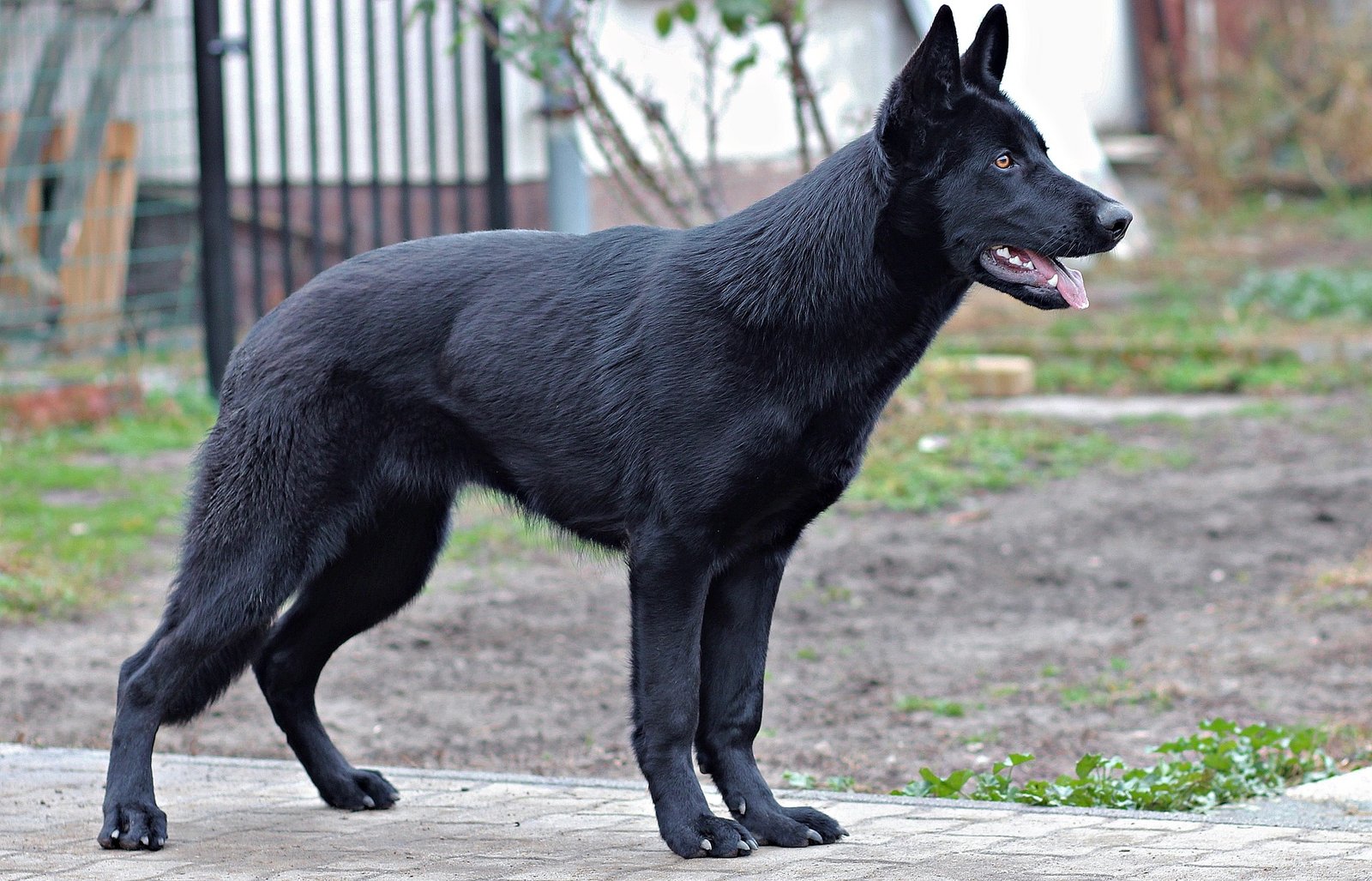
German Shepherds are renowned for their intelligence, versatility, and protective nature. These qualities make them excellent working dogs, but they also require a strong leader. Without clear guidance, a German Shepherd can become overly protective and dominant. Establishing authority through consistent training, socialization, and mental stimulation is crucial. They thrive on challenges and need regular activities to keep their minds active. A well-trained German Shepherd can be a loyal and dependable companion, but it’s essential to assert your leadership from an early age.
The Gentle Giant Mastiff
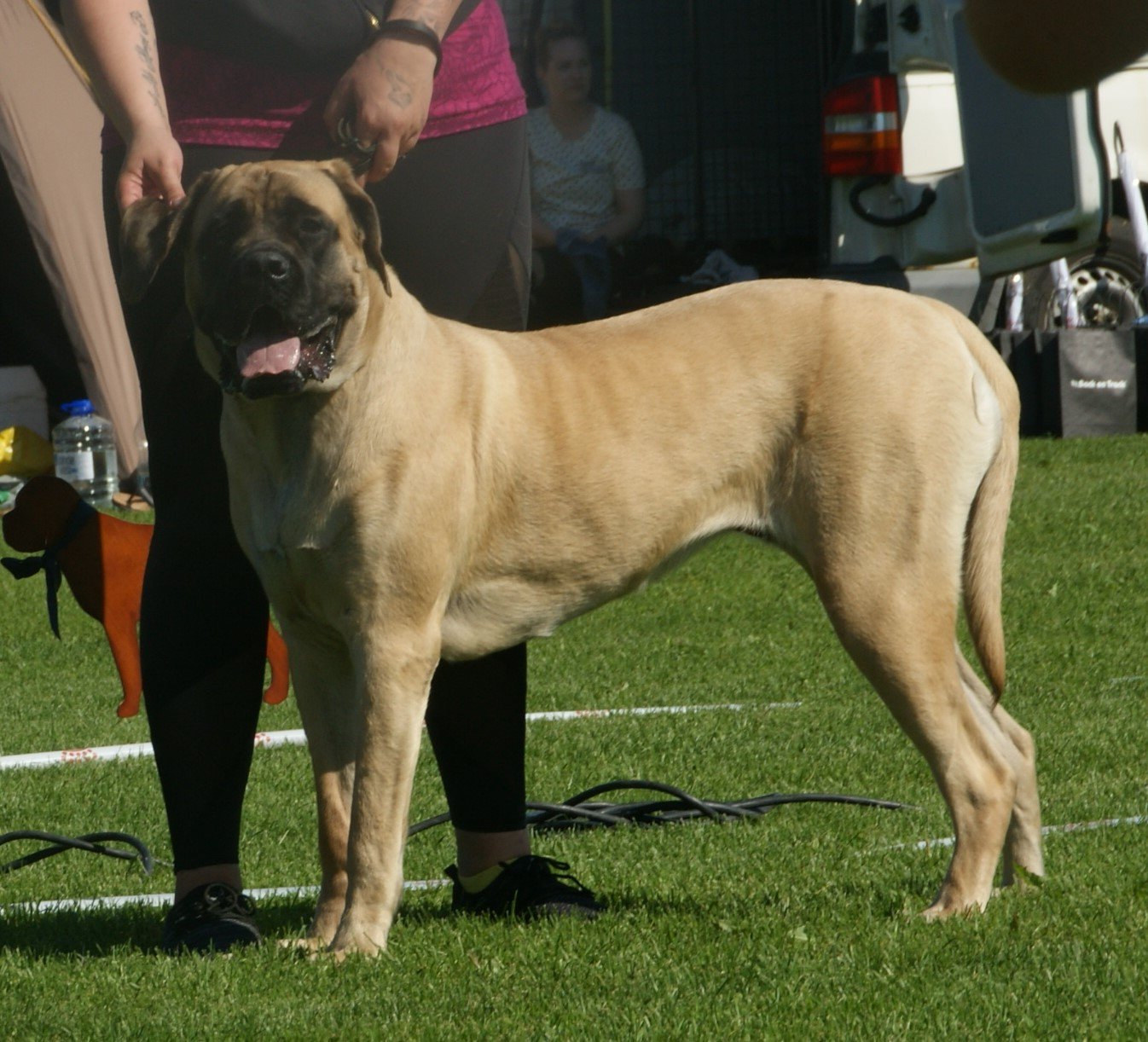
Mastiffs are known for their imposing size and gentle demeanor. Despite their calm nature, Mastiffs require a firm hand in terms of training. Their large size means they need to be well-mannered, or they can inadvertently cause trouble. Consistent training and socialization are essential to ensure they understand boundaries and respect your authority. Mastiffs are often eager to please, making them responsive to positive reinforcement. By establishing yourself as the leader, you can maintain a harmonious relationship with these gentle giants.
The Spirited Great Dane
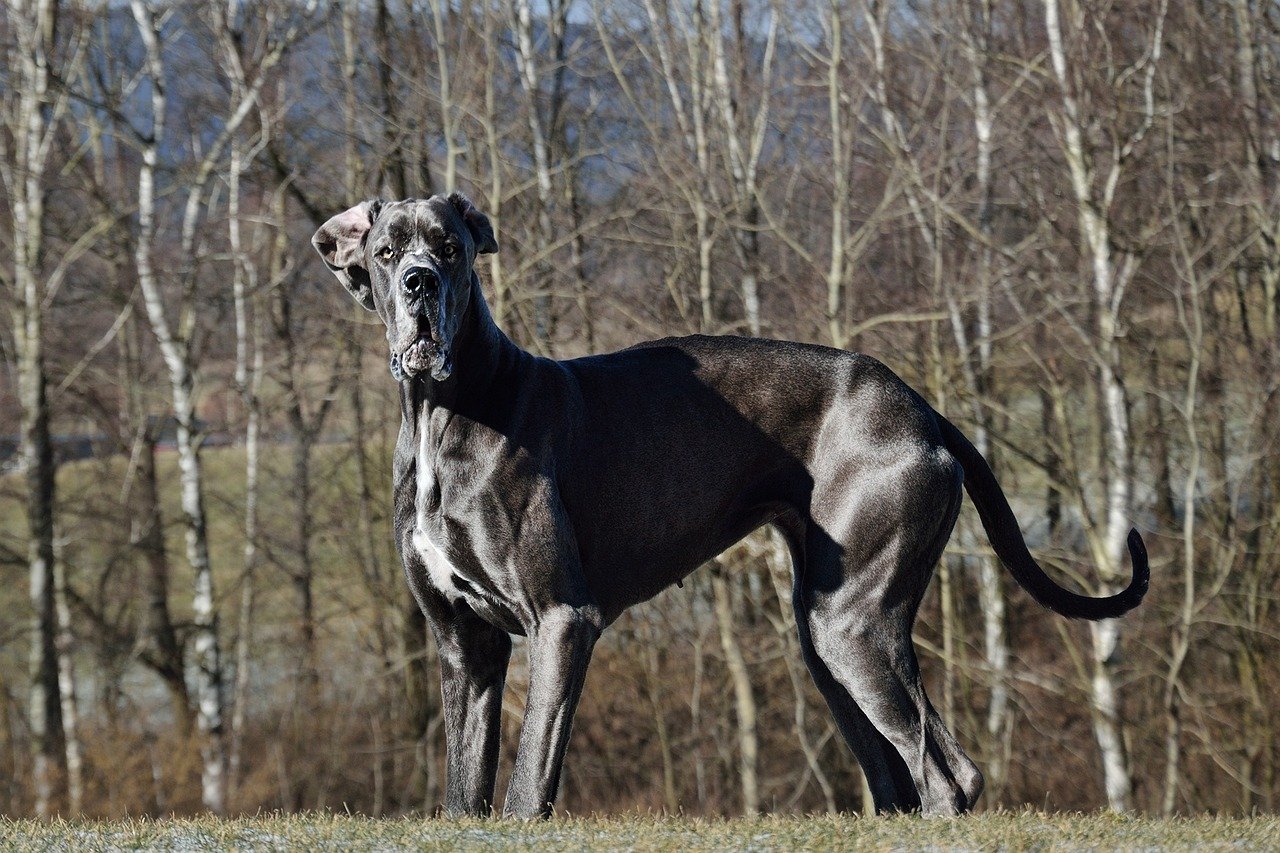
Great Danes are famous for their towering height and gentle disposition. Often referred to as “gentle giants,” they are friendly and affectionate. However, their size can pose challenges if not properly managed. A Great Dane needs clear rules and boundaries, as their size can easily lead to accidental mischief. Training is crucial from an early age to ensure they respond to commands and respect your leadership. With consistent guidance, a Great Dane can be a loving and well-behaved member of the family, providing companionship with their calm and gentle nature.
The Playful Saint Bernard

Saint Bernards are known for their friendly nature and love for family. Originally bred as rescue dogs in the Swiss Alps, they have a strong sense of loyalty. However, their large size and playful nature mean they can become unruly if not properly trained. Establishing authority is essential to manage their exuberance. They respond well to positive reinforcement and consistent training, which helps them understand boundaries. With a strong leader, a Saint Bernard can be a gentle and affectionate companion, bringing joy to any household.
The Powerful Newfoundland
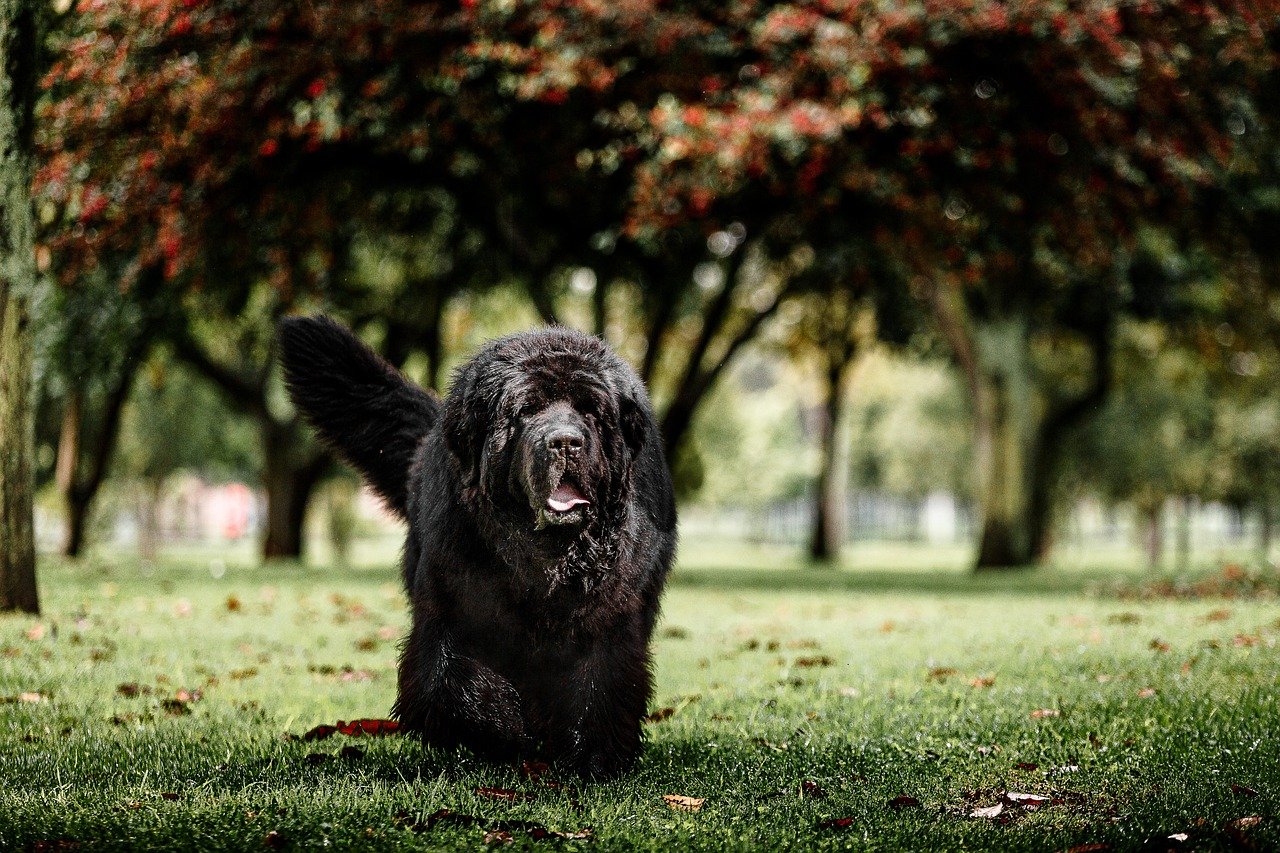
Newfoundlands are renowned for their strength and swimming ability. These gentle giants are known for their sweet nature and love for children. However, their size and strength mean they need clear boundaries and consistent training. Without proper guidance, they might become overly protective or dominant. Establishing authority through positive reinforcement and regular exercise is crucial. A Newfoundland thrives in an environment where they are challenged mentally and physically, ensuring they remain balanced and well-behaved.
Providing firm leadership and consistent training is the key to managing these large dog breeds. Establishing authority early on ensures a harmonious relationship, allowing these magnificent dogs to thrive as loyal and loving companions.

Esther is from India; the heartbeat of South Asia, holding a Master’s degree in Zoology and a postgraduate diploma in Animal Welfare. Her enthusiasm for animal welfare drives her passion and dedication to working for animals, ensuring their well-being, and advocating for their rights. With a solid academic background and hands-on experience, she is committed to making a positive impact in the field of animal welfare. In her free time, she enjoys embroidery and sewing. As a Chennaite from Tamil Nadu, Esther loves Bharathanatyam, an Indian classical dance form.

